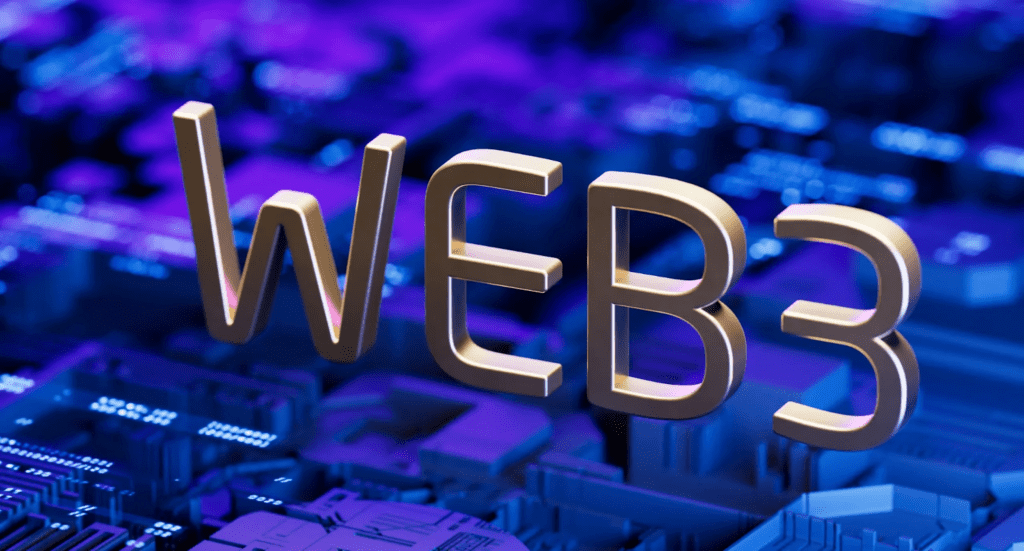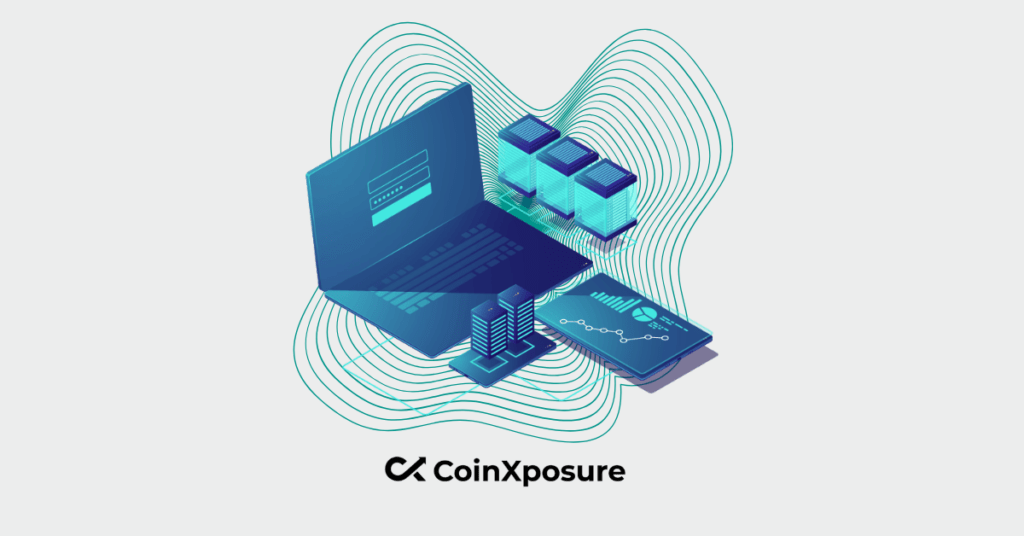This article delves into Web3 connectivity and how it’s powered by P2P networks, ushering in a new era of the Internet. Web3 connectivity is a new way of using the Internet that gives users more control.
It uses P2P networks to let users communicate and share data directly without needing a central server. This means users can take charge of their online experience and share information more securely.
Understanding Web3 Connectivity
Web3 connectivity allows users to connect and exchange data without relying on centralized authorities by establishing direct connections. This is made possible through the use of decentralized protocols and blockchain technology, which enable secure and direct communication between participants.
Traditionally, the web has depended on centralized servers to store and distribute data. Users would send requests to these servers, which would then respond with the requested data. However, this centralized approach has several limitations, such as data control, privacy concerns, and vulnerability to censorship and cyberattacks.
Web3 aims to address these limitations by leveraging P2P networks that enable direct communication and data sharing between users, eliminating the need for intermediaries. By decentralizing data storage and communication, Web3 gives users greater control over their data and enhances security and privacy.
How P2P Networks Work
P2P (peer-to-peer) networks enable direct connections between users, allowing them to share resources and communicate without relying on a central authority. Here is a simplified explanation of how P2P networks function:
- Discovery
- Connection establishment
- Resource sharing
- Routing
- Data validation
Discovery
A peer-to-peer (P2P) network requires users to identify other participants. This is usually done through a “peer discovery” process where they exchange information about their network addresses.
Connection Establishment
After discovering peers, the next step is establishing a direct connection between them. This involves exchanging connection details and a handshake protocol to ensure trustworthiness and authenticity.
Resource Sharing
With a successful connection established, users can now directly share resources, such as files, data, or applications, without intermediaries. Each participant acts as both a consumer and a provider of resources, creating a distributed information network.
Routing
Different routing algorithms are used by P2P networks to find and retrieve resources belonging to other users quickly. By ensuring that data requests are sent to the right peers, these algorithms reduce latency and increase the availability of resources.
Data Validation
To maintain the integrity and security of the network, P2P systems usually include data validation and verification procedures. Additionally, it ensures the integrity and correctness of the information being disseminated.
Benefits of Web3 Connectivity
Numerous advantages of Web3 connectivity empower users and promote a more inclusive and open internet. Here are some of the key advantages:
- Data ownership and control
- Enhanced security and privacy
- Resistance to censorship
- Elimination of single points of failure
- Efficient resource utilization
Data Ownership and Control
In Web3, users have greater ownership and control over their data. By utilizing P2P networks, individuals can store data on their devices or distributed networks, eliminating their dependence on centralized servers.
Enhanced Security and Privacy
P2P networks enable direct user sharing and encryption of data to reduce the risk of data breaches and unauthorized access. Because data is not centralized, it becomes more resistant to attacks.
Resistance to Censorship
Decentralized content distribution is made possible by P2P networks, which makes it more difficult for a single entity to regulate or censor information flow. In addition to defending against censorship, it promotes freedom of expression.
Elimination of Single Points of Failure
Single points of failure in centralized systems, like server crashes or cyberattacks, are common. P2P networks, on the other hand, spread data among numerous users, guaranteeing high availability and dependability.
Efficient Resource Utilization
P2P networks facilitate more effective data storage, content delivery, and computational tasks by utilizing the combined computing power of network participants, thereby optimizing resource utilization.
Applications of Web3 Connectivity
Web3 connectivity has the power to revolutionize several applications and industries. Here are some instances of how the new web is powered by P2P networks:
- Decentralized finance (DeFi)
- File sharing and content distribution
- Decentralized social media
- Blockchain applications
Decentralized Finance (DeFi)
Peer-to-peer transactions can be conducted directly through P2P networks, doing away with the need for conventional middlemen like banks. DeFi platforms create trustless systems for lending, borrowing, and trading among other financial services by utilizing Web3 connectivity and blockchain technology.
File Sharing and Content Distribution
P2P networks have completely changed how people distribute content and share files. Examples are IPFS (InterPlanetary File System), which enables users to store and share files directly between devices, and BitTorrent, a well-known P2P file-sharing protocol.
Decentralized Social Media
Traditional social media networks frequently struggle with privacy and data control. By enabling decentralized social media platforms, where users have total control over their data and content distribution is not governed by a central authority, Web3 connectivity provides a solution.
Blockchain Applications
The foundation of blockchain technology is made up of P2P networks. P2P networks allow for safe and direct communication between users, whether they are using a decentralized cryptocurrency like Bitcoin or an Ethereum-based blockchain application.

Challenges & Prospects of Web3 and P2P Networks
The transition to Web3, which is underpinned by P2P networks, is not without its challenges. One of the primary issues is the scalability and speed of current blockchain platforms. In addition, decentralized networks face governance challenges that threaten their integrity. However, lightning networks and innovative consensus algorithms are being developed to help solve these problems and navigate this new space.
Despite these challenges, the potential of Web3, powered by P2P networks, is incredibly promising. As people become increasingly distrustful of tech giants and demand greater transparency and security, the shift towards a user-centric internet where individuals have control over their data is very appealing. This new paradigm offers a wide range of possibilities, including enhanced interactivity, collaborative business models, fair data control, and increased profits.
Conclusion
Web3 connectivity, driven by P2P networks, transforms how we interact with the Internet. Web3 facilitates enhanced data control, security, privacy, and resistance to censorship by allowing direct communication and data sharing amongst users. We can expect more innovations and applications that make use of P2P networks as the Web3 ecosystem develops, ushering in a new era of the Internet that returns control to the users.
Web3 is more than just a catchphrase; it represents a paradigm shift toward a more inclusive and decentralized web. Gaining an understanding of and acceptance of the fundamentals of Web3 connectivity can have significant effects and help create a more improved internet for everybody.
